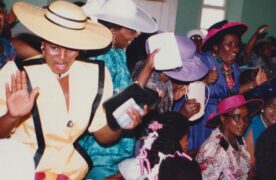Noticias Latin America was one of London’s first publications exclusively devoted to the cultural enrichment of Latin Americans immigrants in the city. Across 18 years, its founder, Mario Tasamá, battled enormous challenges to grow and expand its reach.
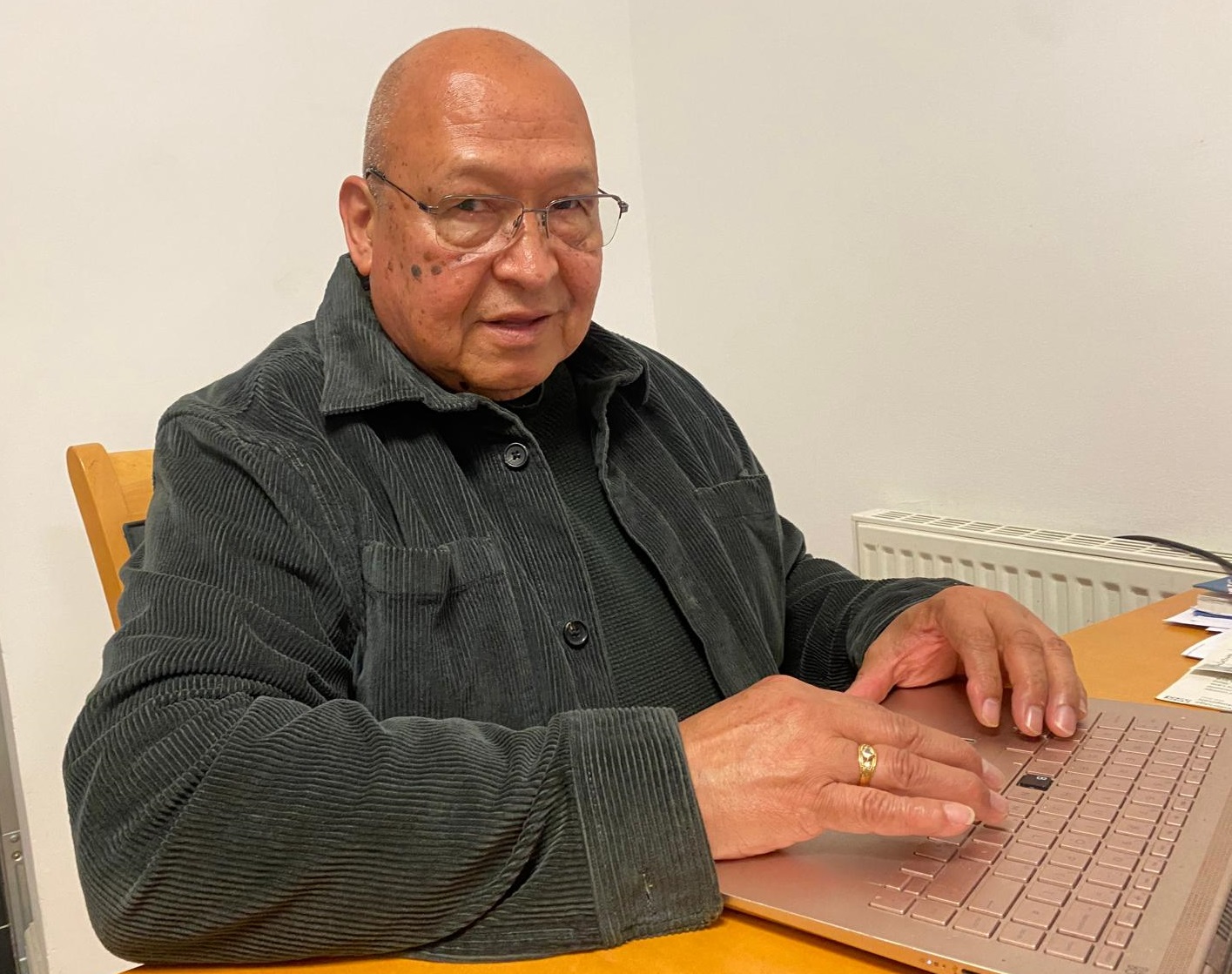
Harry Allen
For Mario Tasama, now 72, his foray into the world of journalism was far from traditional.
Originally from Palmira, Colombia, his migration was prompted in 1987 by sentimental reasons, which first took him to the United States where he started a small business in construction.
“I left Colombia for the heart, not because of the war,” he explains.
In the United States, Mario worked in construction and organized art events in community halls and hotels, skills that would unexpectedly pave his future path in media. In December 1991, when he was 40 years old, he travelled to London to visit his girlfriend (whom he married in 1992 and with whom he had a son in 1993) and thought about the possibility of staying if he saw opportunities for advancement in the UK.
“When I arrived I had a piece of paper in my wallet with 26 ideas for possible businesses to implement if I stayed in London. Among them were publishing a printed Latin American newspaper, organising dance events with Latin American artists, industrialising empanadas or manjar blanco, selling gyros (a fast food popular in the US) and modelling contests with young Latin American girls,” Mario recalls. “It either worked, or I was going back to the USA” he adds.
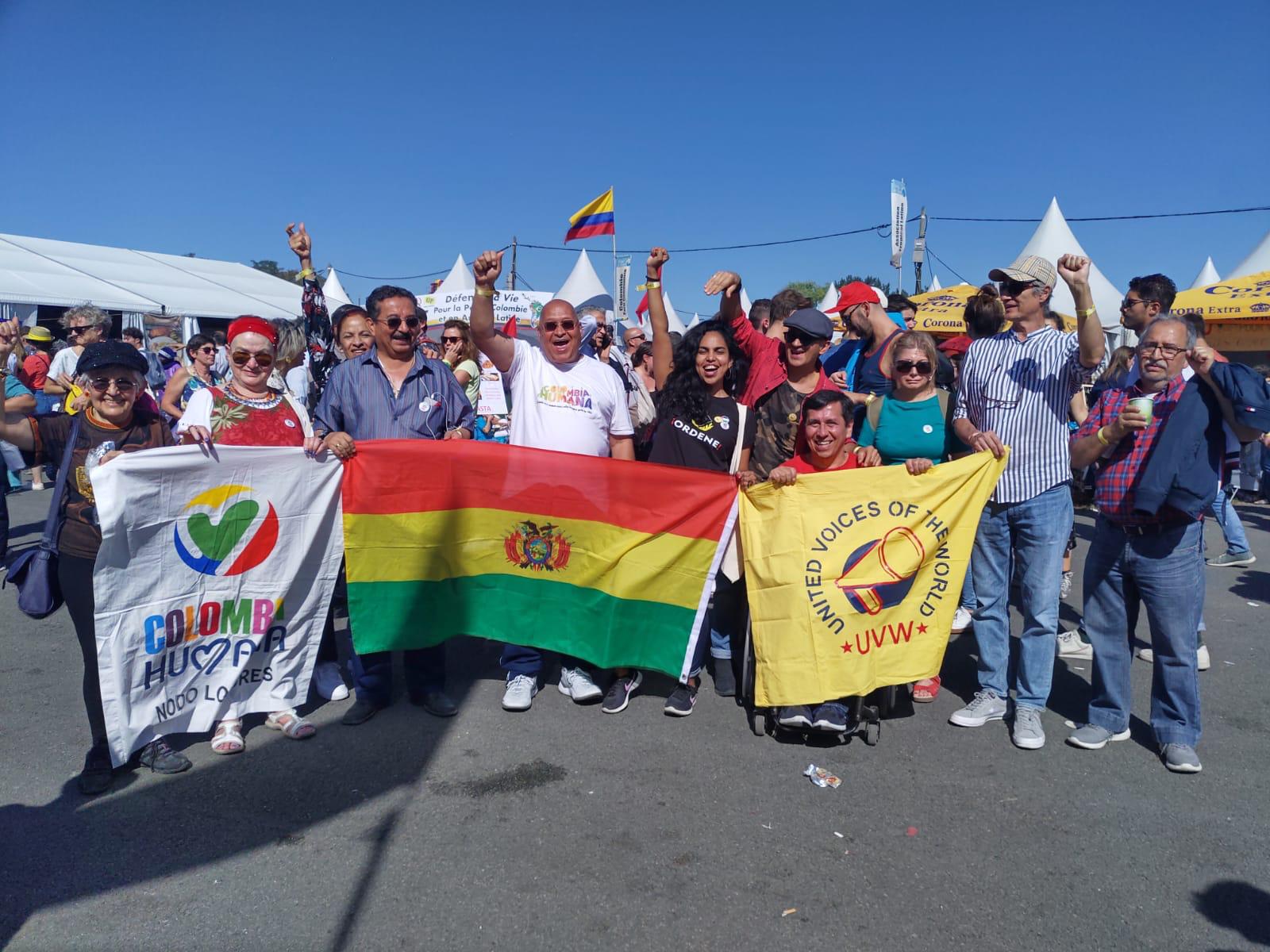 By September 1992, he had founded Noticias Latin America (NLA), taking the opportunity to address the information needs of London’s Latin community, which then numbered around 50,000 people. From the beginning it was an opinion, socio-cultural, community newspaper with a progressive and feminist editorial line.
By September 1992, he had founded Noticias Latin America (NLA), taking the opportunity to address the information needs of London’s Latin community, which then numbered around 50,000 people. From the beginning it was an opinion, socio-cultural, community newspaper with a progressive and feminist editorial line.
Inside Noticias
During NLA’s early days, Mario was the only worker so he took on multiple roles, from editor to distributor, and was only assisted by a van driver who transported him for one day each month to distribute the paper.
“Those first few years, from 1992 to 1995, was just me and one other person, getting the paper out there,” he says.
The logistical challenges were formidable. Mario started by using film negatives for printing – a meticulous process that involved a friend sending one film negative for each page of the newspaper from the US. Mario also faxed community news from London to the US. And at first he wrote it by hand! Then, unsurprisingly, they entered the computer age.
In 1998, through an advertising contract with Western Union, NLA began to be distributed in different branches of the company in 8 countries across Europe.
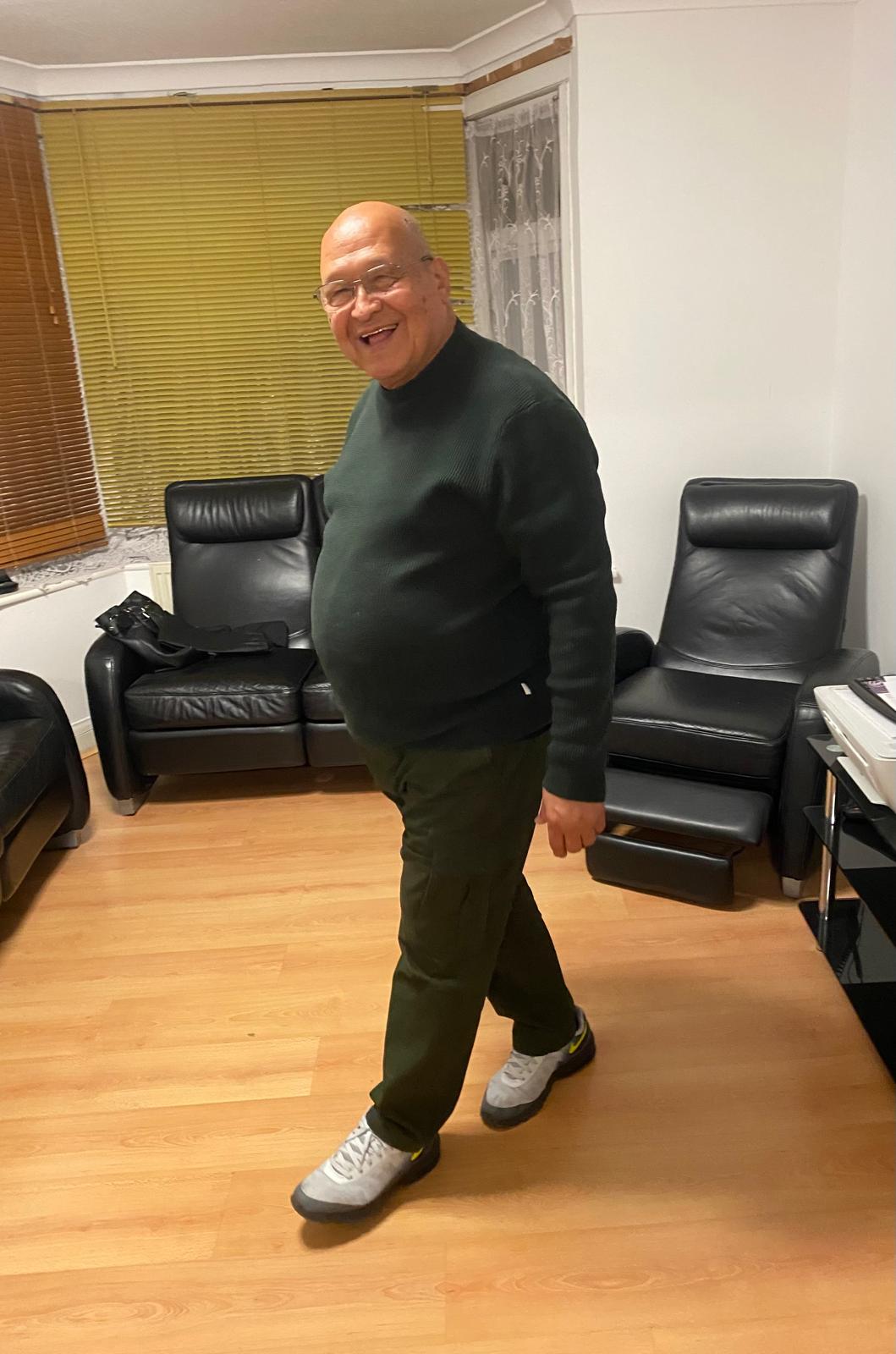 Mario and journalism
Mario and journalism
Mario didn’t study journalism, but he became a journalist due to the responsibility of running his newspaper and by directing an editor and a team of journalists.
He quickly became the teacher of many journalism graduate students who did internships at NLA, these student were subsidized by Erasmus scholarships from the European Union. “Bringing Erasmus students was a turning point, it expanded our editorial reach and incorporated fresh points of view”, adds Mario, who also notes that these exchange internships have become non-existent in the wake of Brexit, and the UK’s withdrawal from the program.
The theoretical knowledge and youthful dynamic that many graduates brought to Noticias Latin América was a great step for the newspaper.
He felt a strong duty to teach his volunteer writers the practicalities of journalism. The theory they had learnt at university could only take them so far, he recounted.
Peak and sunset
The turn of the millennium heralded NLA’s golden years. In 2001, Mario maintained his decision to keep the model of being a free publication, which significantly increased the paper’s accessibility and impact.
From this moment forward, the paper’s circulation began increasing to 10,000 copies by 2008, marking a significant shift in the size of the publication. Additional exposure from Carnival de Pueblo was also a good opportunity for Mario to publicise his newspaper during this growth period.
“At that time, delivering the NLA newspaper for free when the other competing newspapers were sold for different prices was crucial. Little by little the competition disappeared, until we were left alone in the Latin American market in London.”
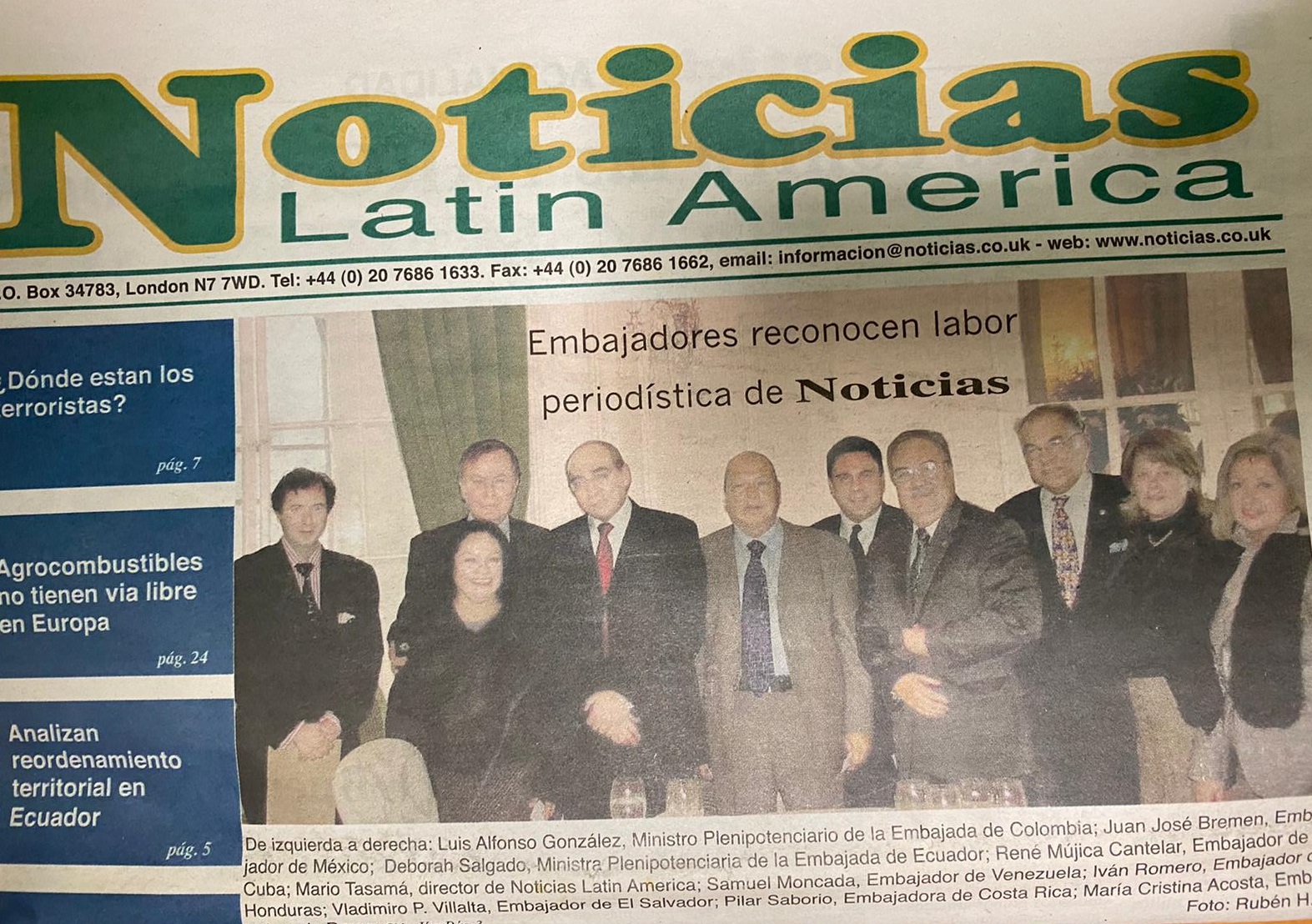 All this was possible thanks to the encouragement of journalists, high-profile collaborators such as British MPs George Galloway and Jeremy Corbyn and investigative journalist Michael Guillard, who, Mario says, got exclusive news to NLA about the scandal surrounding the disappearance of trade unionists in Colombia, in which British Petroleum was involved. They titled Guillard’s story as “Red hands in black gold”.
All this was possible thanks to the encouragement of journalists, high-profile collaborators such as British MPs George Galloway and Jeremy Corbyn and investigative journalist Michael Guillard, who, Mario says, got exclusive news to NLA about the scandal surrounding the disappearance of trade unionists in Colombia, in which British Petroleum was involved. They titled Guillard’s story as “Red hands in black gold”.
But despite these breakthrough scoops, NLA was not immune to the economic pressures squeezing almost all UK businesses in some way or another post-2007. “Problems [running the publication] were never about race or authorities” Mario mentions, citing economic circumstances as clearly his biggest challenge.
The credit-crunch in 2007-2011 hit hard, with advertising revenues falling sharply while production costs stayed the same. Many advertisers went out of business at this time, making the day-to-day running of the newspaper, significantly more difficult.
Freedom of expression
Reflecting on his position as an immigrant journalist in the UK, Mario appreciates the freedom of expression he found and recognised the contrast of the potential dangers he could have faced in Colombia.
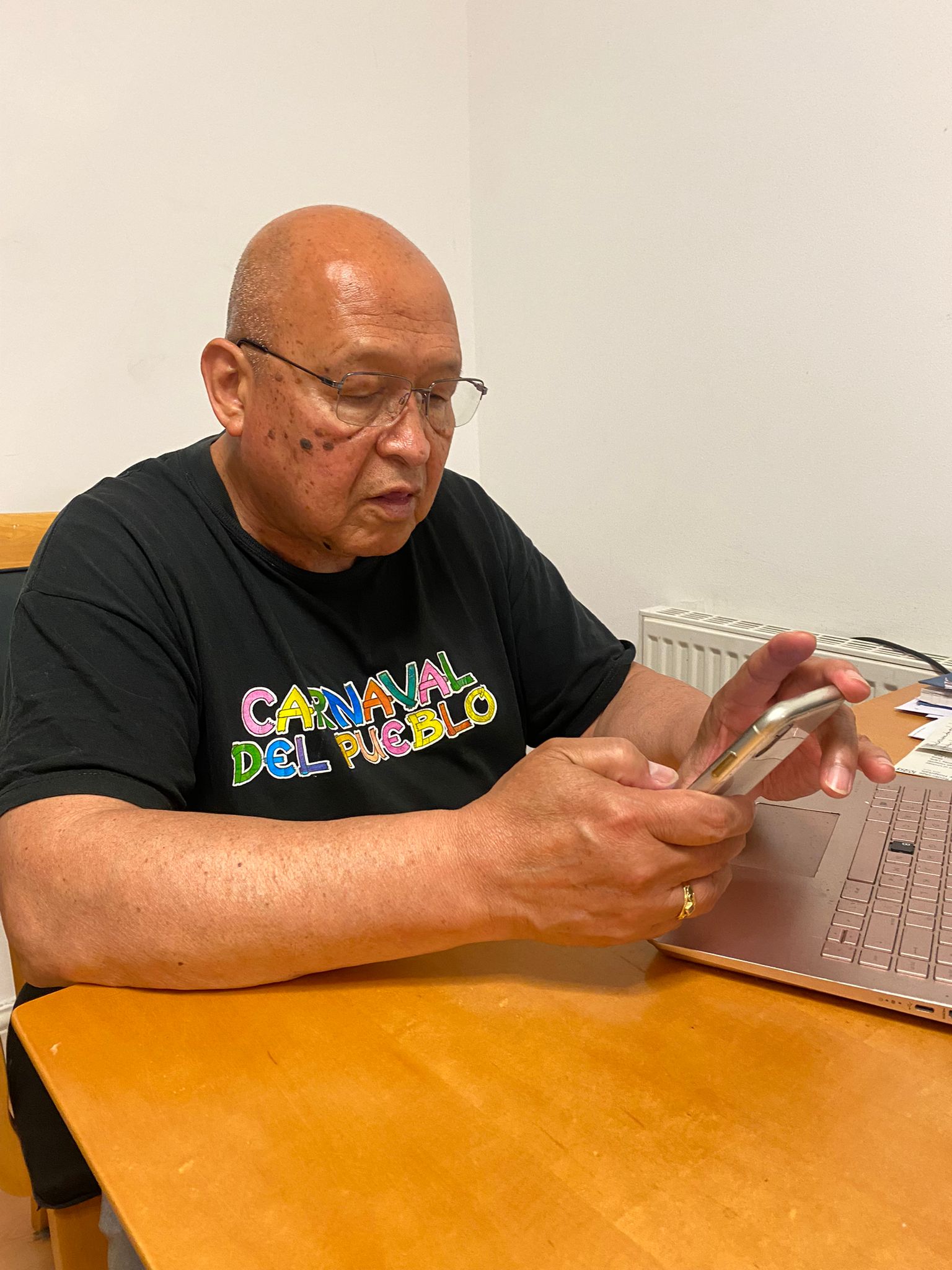 “Here, I can express progressive views without fear – I could be killed for my views in Colombia,” he asserts. NLA was a “progressive” publication, and Mario made clear that it wouldn’t sit comfortably with those on the Colombian right.
“Here, I can express progressive views without fear – I could be killed for my views in Colombia,” he asserts. NLA was a “progressive” publication, and Mario made clear that it wouldn’t sit comfortably with those on the Colombian right.
However, Mario also recognizes the new challenges brought by the rise of social media, which, while a powerful tool for spreading information, also imposes new constraints on freedom of expression.
“Owning your own voice is priceless,” affirms Mario, in response to today’s necessity for social media becoming a blocker for controversial viewpoints.
The Carnaval del Pueblo
From Noticias, apart from journalism, a few things happened, such as joining the White Coat chess team in the British chess league and organising a football tournament between journalists from the BBC, The Guardian and NLA. And one of the most attended Latin American events on the old continent also took place. Mario says that since NLA celebrated its first year, he decided to celebrate each anniversary with Latin American folklore activities. And so it did, giving rise to the People’s Carnival, which became the most attended Latin American event in Europe.
It had a parade of “comparsas” and “carrozas” in the streets of London and gathered up to 140,000 national and international spectators in Burgess Park, where there were 5 stages and 6 bars, more than 100 traditional food stalls and some 60 craft and advertising stalls.
It was a huge event that showcased in miniature every carnival of the 19 Latin American countries.
Mario today
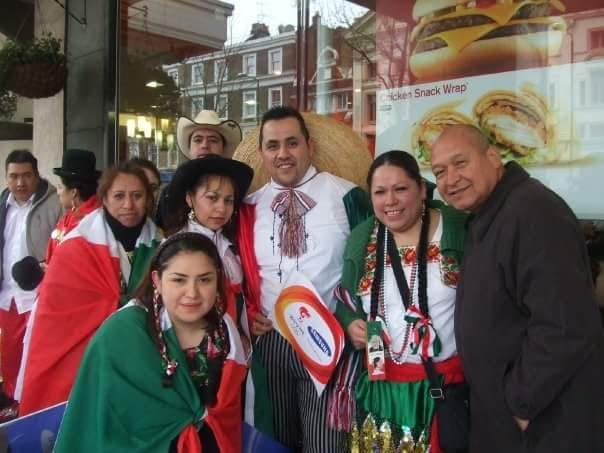 In 2012, Mario’s nearly two decades of dedication to the Latino community in the UK were formally recognized when he was invited by heads of 19 Latin embassies to the Venezuelan embassy.
In 2012, Mario’s nearly two decades of dedication to the Latino community in the UK were formally recognized when he was invited by heads of 19 Latin embassies to the Venezuelan embassy.
“That was incredibly special, it showed that our efforts had made a tangible impact,” Mario reflects as being his proudest moment.
Today, Mario is no longer running NLA because the paper ceased publication in 2009 as the challenges of the recession-era hit the publication and himself hard. (The company as such was closed down in 2010).
However, at 72 years of age and with three children, Mario remains aware of everything that is going on and shares his experience when someone needs it. He is also an active member of the international Colombia Humana party, of Comunidad Latin America UK and is writing an art project that he plans to bring to life later this year.
Listening to him, it is not hard to be impressed at the scale of his accomplishments. It is not every day you meet someone thrust into a new land, thriving from learning something so completely alien to himself.
(Photos provided by the interviewee and authorised for publication)












.jpg)










